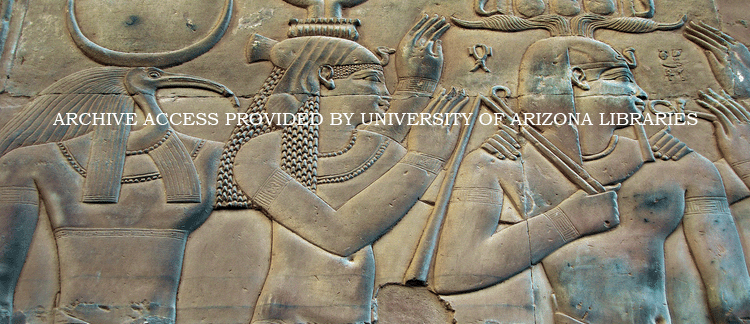Abstract
The scenes that enhanced the reverse sides of the Etruscans’ bronze mirrors were not just a form of entertainment. Rather, mirror iconography provided elite Etruscans of both genders with a range of ideas to ponder as they fashioned their appearances daily within the domestic sphere. During the 4th century BCE, the number of depictions of parents drawn from the broad Hellenic repertoire known to the Etruscan aristocracy soars. Two individuals who stand out as particularly popular were Latva (Leda) and Tuntle (Tyndareos), who appear in the context of a specifically Etruscan narrative known as the “Delivery of Elinai’s (Helen’s) Egg.” This study focuses on the social significance of these scenes and the messages they imparted through their compositional structure and the various attributes of the characters depicted. It is suggested that they can be read as promoting positive paradigms of marriage and parenthood that served as enduring inspirations for the mirrors’ users and viewers.
How to Cite
Carpino, A. A., (2016) “Marriage and Parenthood on Classical Period Bronze Mirrors: The Case of Latva and Tuntle”, Journal of Ancient Egyptian Interconnections 10(1), 31-38. doi: https://doi.org/10.2458/azu_jaei_v10i1_carpino
734
Views
521
Downloads
